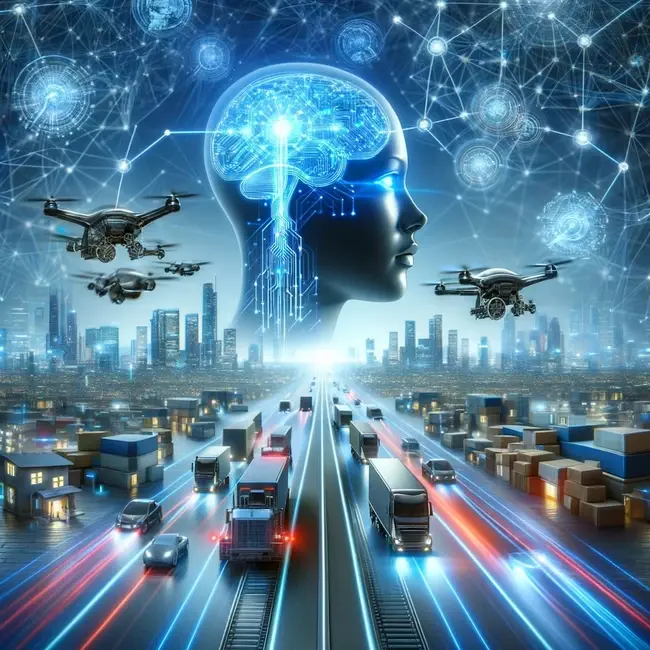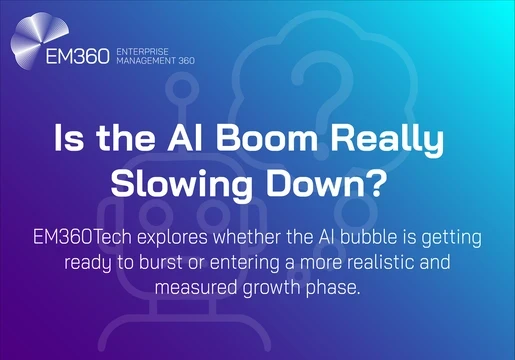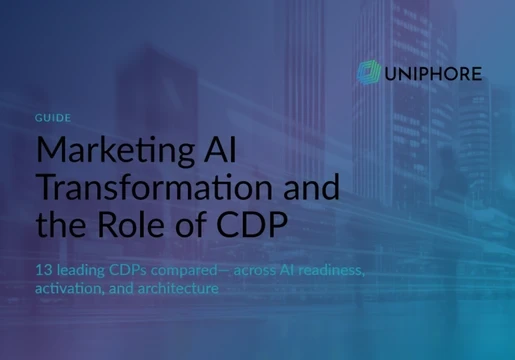The COVID-19 pandemic has had a profound impact on global supply chains, exposing vulnerabilities and causing widespread disruption. As countries implemented lockdown measures to contain the spread of the virus, factories and production facilities were forced to shut down or operate at reduced capacity. This led to a domino effect, with shortages of raw materials, components, and finished goods rippling through supply chains. The pandemic also highlighted the risks associated with relying on a limited number of suppliers, particularly those located in regions heavily affected by the virus. Transportation and logistics networks were severely impacted, with border closures, travel restrictions, and reduced air and sea freight capacity causing delays and bottlenecks. The disruption of supply chains has had far-reaching consequences, including product shortages, price increases, and longer lead times for consumers and businesses alike. The pandemic has underscored the need for greater resilience, flexibility, and diversification in supply chain management to mitigate the impact of future crises.
The lessons learned during the pandemic, particularly in today's globalized economy, highlighted the fact that supply chain management is a critical factor in determining the success and profitability of businesses across various industries. As companies strive to remain competitive, they are increasingly turning to artificial intelligence (AI) to optimize their supply chain operations. AI-driven solutions offer the potential to revolutionize supply chain management by reducing costs, improving efficiency, and enhancing decision-making processes.
The integration of AI technologies, such as machine learning (ML), predictive analytics, and natural language processing (NLP), into supply chain management systems has the power to transform the way businesses operate. By leveraging large amounts of data and advanced algorithms, AI can help companies identify patterns, predict demand, and optimize inventory levels, ultimately leading to significant cost savings and improved customer satisfaction. From demand forecasting and inventory management to route optimization and risk mitigation, AI is reshaping supply chain management.

Key Areas of AI Optimization in the Supply Chain
The complexity of today's supply chains presents businesses with a multitude of challenges: inaccurate forecasting, inefficient logistics, unexpected disruptions, and rising costs. AI offers a powerful toolkit to address these pain points. By applying AI in key areas, companies can streamline processes, mitigate risks, and make smarter decisions, ultimately leading to a leaner, more resilient supply chain.
Demand Forecasting: AI can go beyond traditional forecasting. It analyzes vast data sets (historical sales, market trends, weather, social data, etc.) to create highly accurate predictions. This leads to:
-
Optimized Inventory: Less overstocking or stockouts, reducing waste and carrying costs.
-
Proactive Production Planning: Better matching of production to demand, avoiding costly surpluses or shortages.
Logistics and Route Optimization: AI excels at finding the most efficient routes for shipments, considering:
-
Real-time traffic data
-
Weather conditions
-
Fluctuating fuel prices
-
Vehicle capacity
-
Delivery deadlines
This results in reduced transportation costs, faster delivery times, and lower emissions.
Risk Management and Predictive Analytics: AI identifies and predicts supply chain disruptions far earlier than traditional systems. This could involve:
-
Analyzing supplier data to identify potential bottlenecks or financial risks
-
Monitoring social media and news for events that might disrupt supply lines (natural disasters, political instability)
-
Proactively suggesting alternative suppliers or shipping routes
-
Providing greater resilience and business continuity planning by predicting scenarios far in advance.
Warehouse Automation: AI integrates well with modern robotics and sorting systems. Tasks AI can optimize include:
-
Order picking and packing optimization, reducing labor costs and errors
-
Predictive maintenance of warehouse equipment, preventing costly downtime
-
Dynamic inventory allocation within the warehouse for faster order fulfillment
-
Combined with the Internet of Things (IoT), AI can automate lifecycle tracking for any item. The IoT sensors can add a variety of capabilities like item provenance (metadata tracking), item condition, location, etc.
Enhanced Customer Service: AI can power:
-
Intelligent chatbots, providing 24/7 support and self-service options
-
Personalized product recommendations, boosting sales
-
Real-time delivery updates and issue resolution, improving the customer experience
Benefits of AI-powered Supply Chain Optimization
The benefits of AI in the supply chain extend beyond operational efficiency. AI's ability to optimize processes, predict outcomes, and manage risk creates a ripple effect throughout the organization. From improved financial performance to enhanced customer satisfaction, companies are realizing the multifaceted advantages of this transformative technology including:
-
Lower Costs: AI-driven efficiency reduces operating expenses across inventory management, transportation, warehousing, and customer service.
-
Risk Reduction: Early warning systems provided by AI minimize the impacts of disruptions, protecting revenue and ensuring smoother operations.
-
Improved Efficiency: Optimized routes, automated processes, and accurate demand forecasting streamline the entire supply chain, saving time and increasing productivity.
-
Sustainability: AI's ability to optimize routes and inventory levels contributes to reduced emissions and waste.
-
Data-Driven Decision Making: AI-powered analytics provide actionable insights, transforming the supply chain from a reactive model to a proactive and anticipatory one.
Important Considerations
-
Data Quality: Robust AI models require clean, consistent, and comprehensive data. Invest in strong data governance.
-
Integration: AI solutions need to seamlessly connect with existing supply chain systems (ERPs, warehouse management, etc.).
-
Change Management: Successful implementations require employee buy-in and training for new AI-driven workflows.
As the business world continues to evolve and become increasingly complex, the adoption of AI in supply chain optimization is no longer a luxury but a necessity. By embracing these technologies, companies can position themselves for long-term success, staying ahead of the competition and meeting the ever-changing demands of their customers.







Comments ( 0 )